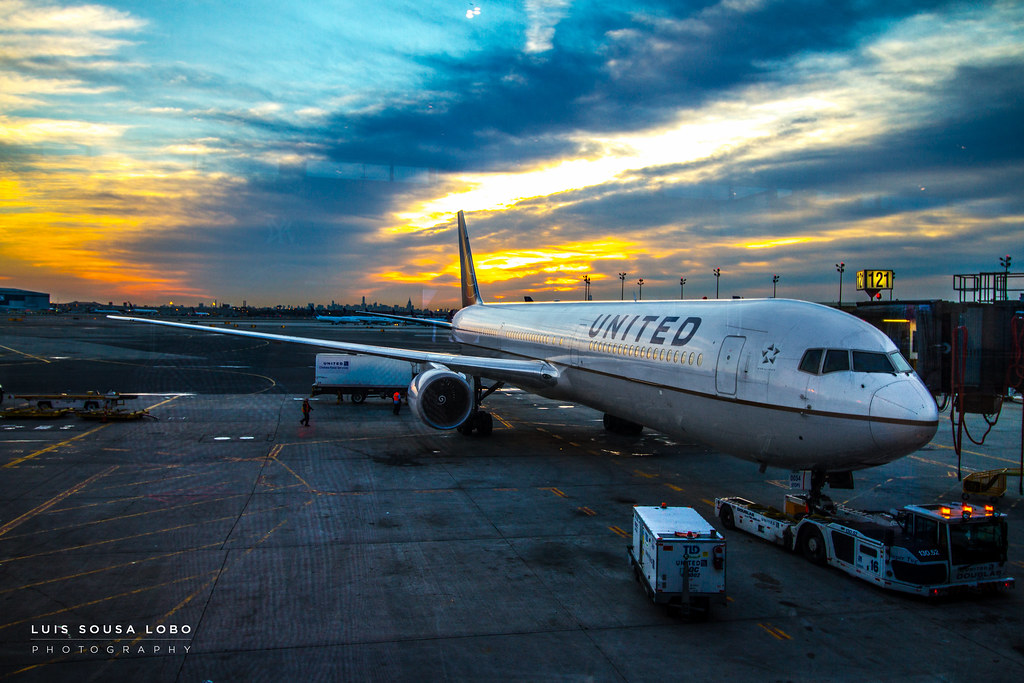Passengers flying into Newark Liberty International Airport this week faced jaw-dropping delays, with some incoming flights stuck waiting as long as seven hours — and the issue appears to be much deeper than a few missed schedules.
On Monday, just three air traffic controllers were reportedly on the job during the peak 3 p.m. to 10 p.m. window — a drastic drop from the 14 required to keep one of the nation’s busiest hubs running smoothly. The staffing crunch, first brought to light by the New York Times, adds fuel to a string of troubling developments at the airport, including not one, but three recent communication failures that briefly left planes unable to contact the control tower.
The latest blackout happened Sunday morning, sparking even more scrutiny from travelers and lawmakers. Transportation Secretary Sean Duffy addressed the chaos, saying a recent software patch helped contain the situation. “[The FAA] briefly slowed aircraft in and out of the airport while we ensured redundancies were working as designed,” the agency said in a statement. “Operations have returned to normal.”
Still, Duffy acknowledged the bigger picture isn’t pretty. He announced plans to scale back the number of scheduled arrivals and departures at Newark in the coming weeks — particularly targeting times when international flights are typically landing. He also called out an ongoing staffing crisis, saying the nation is short roughly 3,000 air traffic controllers.
“While we cannot quickly replace them due to this highly specialized profession, we continue to train controllers who will eventually be assigned to this busy airspace,” the FAA said earlier this month.
The problem, however, isn’t just about bodies in seats. Much of Newark’s traffic is actually managed from Philadelphia, at a radar facility known as Tracon Area C. Faulty copper wiring there is believed to be at the center of the technical meltdowns. The FAA has already installed upgraded fiber optic lines at Newark, JFK, and LaGuardia, but those systems are still undergoing tests before going live.
Duffy has been vocal in his frustration, blaming a “bungled” transition under the Biden administration that moved control of the airspace from Long Island to Philly. But a spokesperson for former Transportation Secretary Pete Buttigieg fired back, saying, “[Duffy] needs to spend more time doing what the American people are paying him to do – fix problems – and less time blaming others.”
Meanwhile, stress is building inside the towers too. After the first comms failure on April 28, multiple air traffic controllers were placed on trauma leave, according to union reps. The long hours and high stakes are taking a toll.
Duffy is now pushing to raise the mandatory retirement age for controllers from 56 to 61 to keep more veterans in the system longer. He’s also unveiled a broader modernization plan, which includes replacing outdated radar with 4,600 new high-speed data connections and over 600 upgraded radar installations.
Despite these assurances, Newark’s travel headaches are far from over. And while officials continue to insist the airport remains safe, the repeated technical issues and razor-thin staffing levels have rattled confidence.
Even Newark’s mayor Ras Baraka weighed in during a Sunday MSNBC interview, saying safety must take priority: “The inconvenience of flight delays and cancellations was offset by an emphasis on safety.”
For travelers planning to fly through Newark anytime soon, the message is clear: Pack patience — and maybe a good book.







